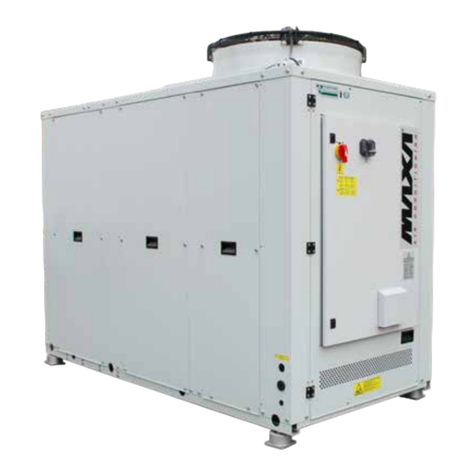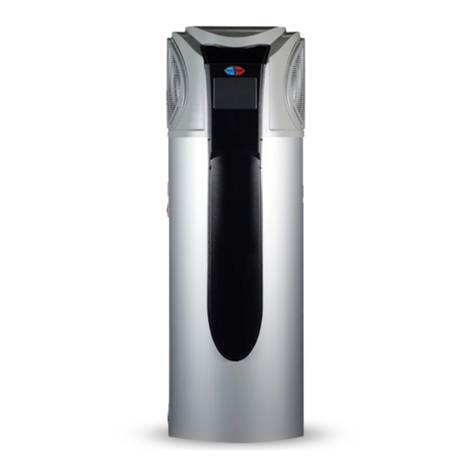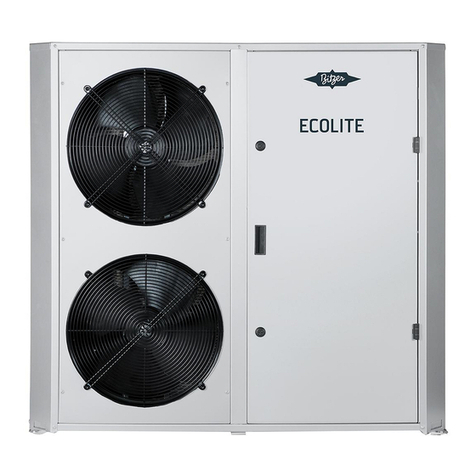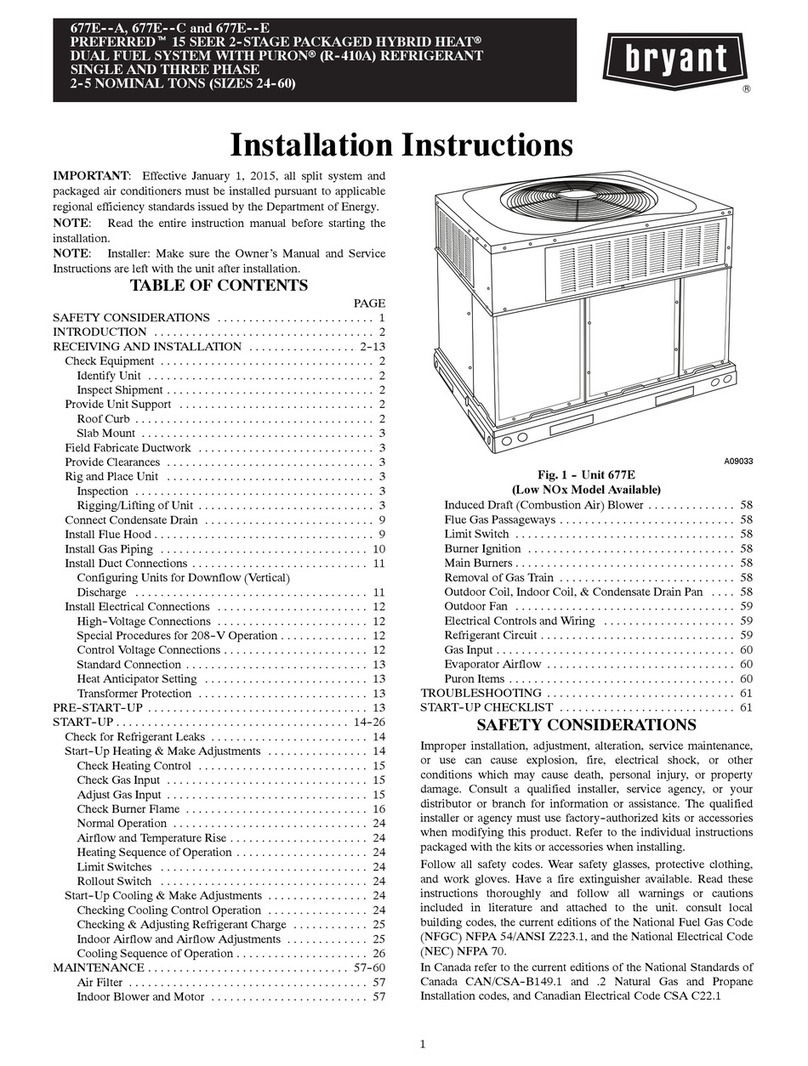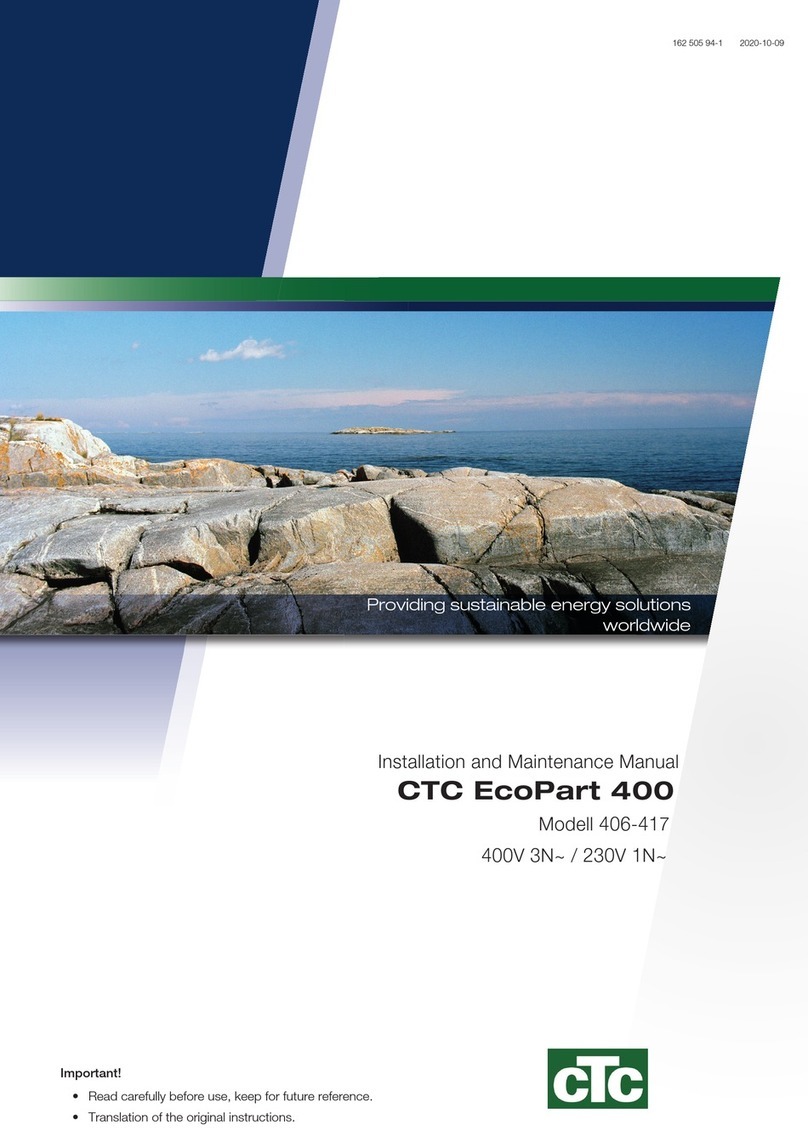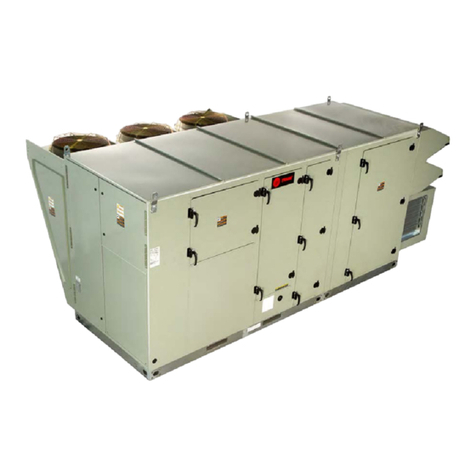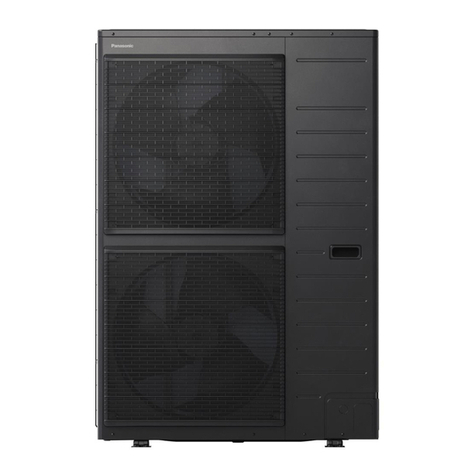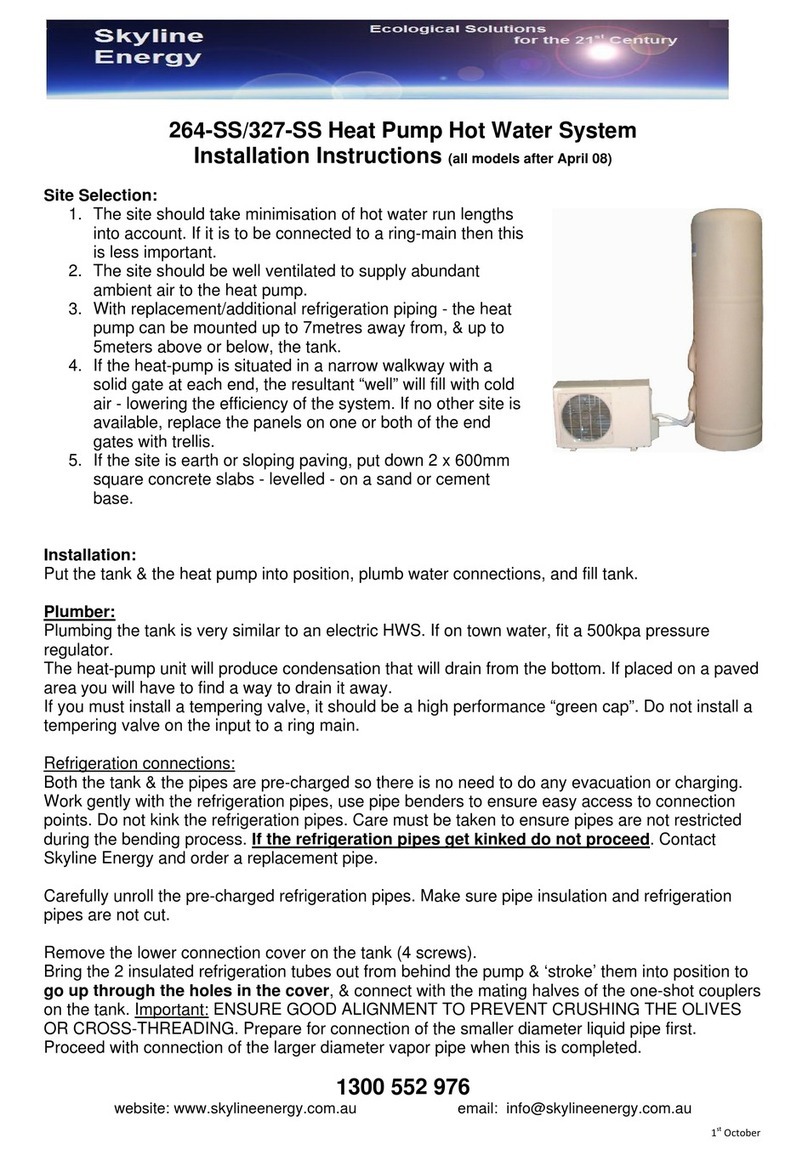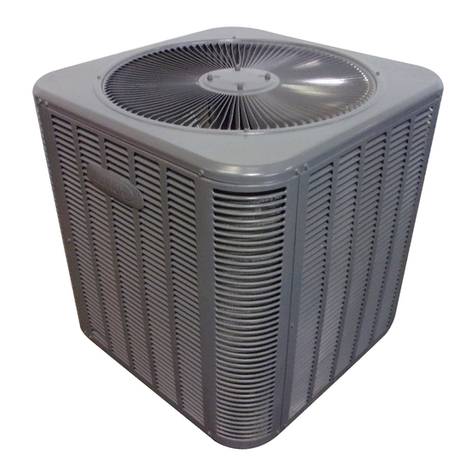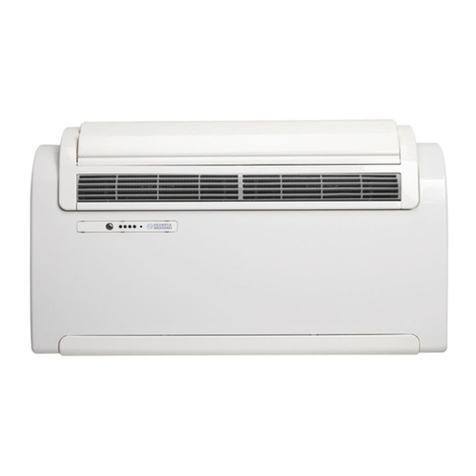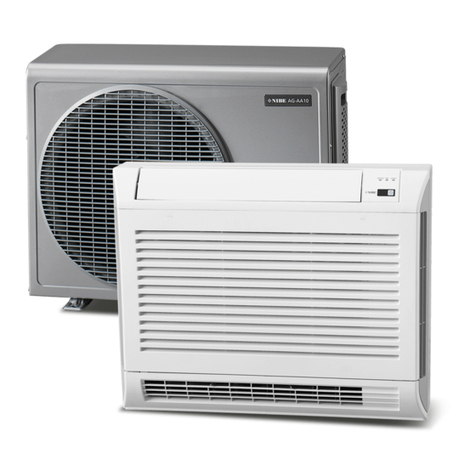
Configurations:
1/ The heatpump and buffertank can be sited side-by-side or the heatpump
located 50 or more metres from the buffertank, but in all cases the
primary flow and return water pipes should be of adequate size, and the
primary circulation pump of adequate size to provide the required water
flow rate.
2/ The primary flow and return water pipes should be well insulated, and if
trenched they must be sealed inside an outer casing such as flexible
unslotted drainage pipe, or stormwater pipe to keep the insulation dry
and minimise heat-loss.
3/ The primary water circulation pump can be placed at the tank or
heatpump, and in some models they may be installed inside the
heatpump cabinet.
4/ Heatpump control systems are usually fixed to the cabinet, but systems
can be ordered for remote location such as a plantroom.
5/ Multi-zoned systems with multiple zone connections to the buffertank,
should always have the buffertank placed as close as possible to a
floorcoil manifold, radiator manifold etc. Only single zoned systems may
have the buffertank placed remotely from the manifold/radiator system.
6/ The expansion tank sub-system (pressure gauge, pressure relief valve,
cold-fill valve etc.) can be placed anywhere in the system, but more
commonly fitted close to the buffertank.
7/ Buffertanks, all circulation pumps, expansion sub-systems etc, should all
be installed sheltered from the weather if possible, to minimise heat-loss
and increase service life. (They can be installed fully exposed to weather
but it is best practice to maximise efficiency.)
8/ Heatpumps must be installed where continuous fresh air is available,
generally they should not be in any enclosed space. If this can not be
avoided, then clean airflow is required through ductwork, or at the very
least through unobscured mesh or louvered wall/enclosure.




















